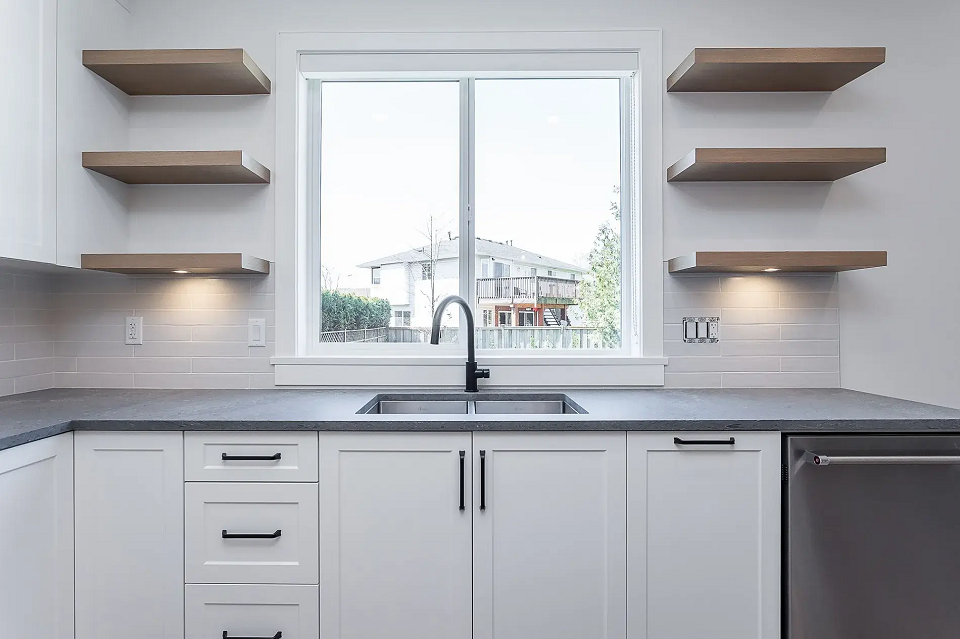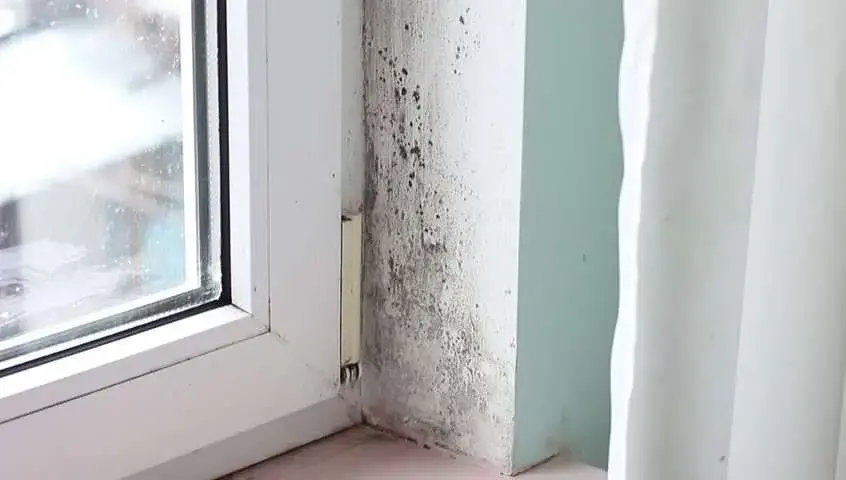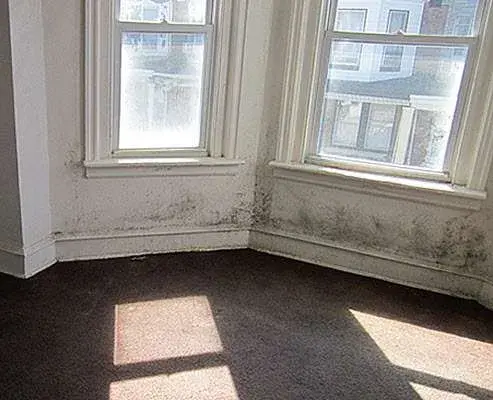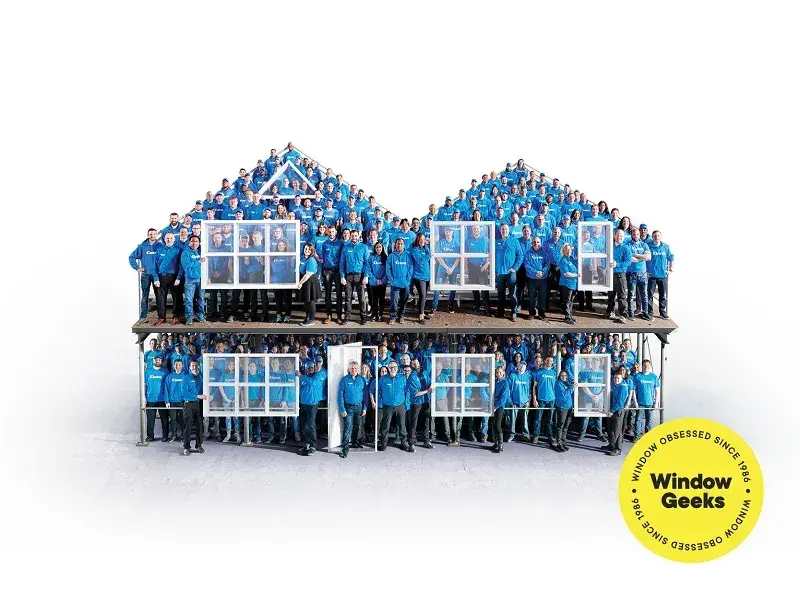
Window Performance
SOUND REDUCTION
Sound Minimization Test
Do you live on a busy street, near an airport or close to the train tracks?
Single-pane windows, or even low performance double-pane windows, will transfer sound vibrations from the street into your house. Before you know it, all the noise will add up and you can wave goodbye to the peace and quiet. The best energy-efficient windows will absorb these sound waves before they enter your home.
A great way to improve sound reduction for a window is with the asymmetric double glazing method. To put it in simpler terms, different thickness of glass impacts the reduction of noise across a wide range of frequencies. When a sound wave travels through the window and passes through the first pane of glass, it will change direction. Then it hits the second pane of a different thickness and it will change direction again. This process is how sound reduction and deflection happens. Now that’s neat!
For our fellow geeks out there, Asymmetric double glazing is where we use different thicknesses of glass to reduce the acoustic noise passing through the window into your home. Using 4mm and 6mm glass is both cost effective and high performing. With 4mm and 6mm glass you retain full functionality of LoE coatings on your window and they can be Government Rebate qualifying. The most important thing to note is that sound will travel by the easiest means possible. To learn more, visit our Window Geeks blog.
WATER CONTROL
Moisture Test
One of the clearest signs that you need to replace your windows is decaying window frames.
As wooden window frames are exposed to moisture, they can begin to go on a downward spiral.
Built-up moisture can also cause serious decay down the road, causing severe safety issues. You may also notice that you have windows that are leaking, otherwise known as leaky windows. In some cases, your windows may be leaking so badly that they are leaving a pool of water on your floor. Yikes!



You may run into a scenario when you cannot remove the sliding frame on your window or the tracks when you would like to clean. Whether the window is too high for you to reach or you have a screen that is not coming off, knowing how to correctly remove a sliding window will come in handy. Learn these techniques so you don’t have to worry about potentially damaging your frames. When completed successfully, it’s a great opportunity to maintain, inspect and clean the frames from the inside. Check out the video to learn the tips and tricks on how to remove and clean sliding window tracks and frames.
Our videos are funny, but we take our testing really seriously. Our Geek squad tests our windows through our customized hurricane testing water station. Each window is tested for air leakage, water pressure, structural strength, air infiltration and a host of other tests depending on the product specifications. The device depressurizes the chamber and provides our team with exact details to ensure the window is approved for installation.
Moisture fuels the growth of mold, despite how little water there may be. Think about it this way, your leaking window is a problem but it’s not the problem. Moisture built up on your windows is a symptom of something more significant. The only way to truly fix leaky windows and ensure that the windows won’t fail again is to replace them. To learn more, visit our Window Geeks blog.
COMFORT CONTROL
Heat Repulsion Test
Not all windows are created equal. Selecting the wrong glass for your home is as helpful as selecting eyeglasses that have the wrong prescription. The windows might look great, but they won’t get the job done.
Upgrading your windows is a major step towards improving the energy efficiency of your home. It’s also important to understand what a U-value means. U-values measure how effective a material is as an insulator. The energy efficiency of windows is measured with a ‘U-value’ and the lower this value is, the better. If you live in a warm climate, energy-efficient windows will limit the transfer of heat through the glass, meaning your home stays cooler in the summer.
This is when Low Emissivity (LoE) coatings enter the discussion. LoE coatings are a microscopic coating of silver that is applied to the inside surface of the glass that reflects heat back to its source, the sun, reducing your cooling costs in the summer.
Your glass can really make a difference to the performance of your windows and Centra can help you find the right fit for your home. The glass options you select can affect energy efficiency, provide greater clarity, filter out specific kinds of light, and even provide reduced maintenance, especially if you hate cleaning windows. Centra offers an extensive selection of glass options. You can be sure to find the right option for your home and the climate you live in.
Heat Insulation Test
One of the main reasons people replace their windows is to improve energy efficiency, resulting in lower cooling costs and more comfortable living year-round.
To provide optimal energy efficiency, meaning your home stays warmer in the winter, it is important for you to familiarize yourself with the Glass Coatings available to you and their benefits.
With a climate that is often demanding, playing with the amount of LoE coatings allows you to select the combination that suits your climate and maintain a comfortable temperature throughout your home.
Glass technology has come a long way over the years and knowing how these coating features work can benefit your windows, maximize the comfort levels in your home and save you time and money. LoE coatings are a microscopic coating of silver that is applied to the inside surface of the glass to reflect heat back to its source. Its primary focus is how it retains the heat within your home, reducing your heating costs.
The image below was taken by the FLIR thermal imaging camera and shows the differences between various LoE coatings when they are exposed to heat, with the image depicting the amount of heat that is transferred through the window glass into or out of your home. The more dark red you see, the more heat is getting through.




